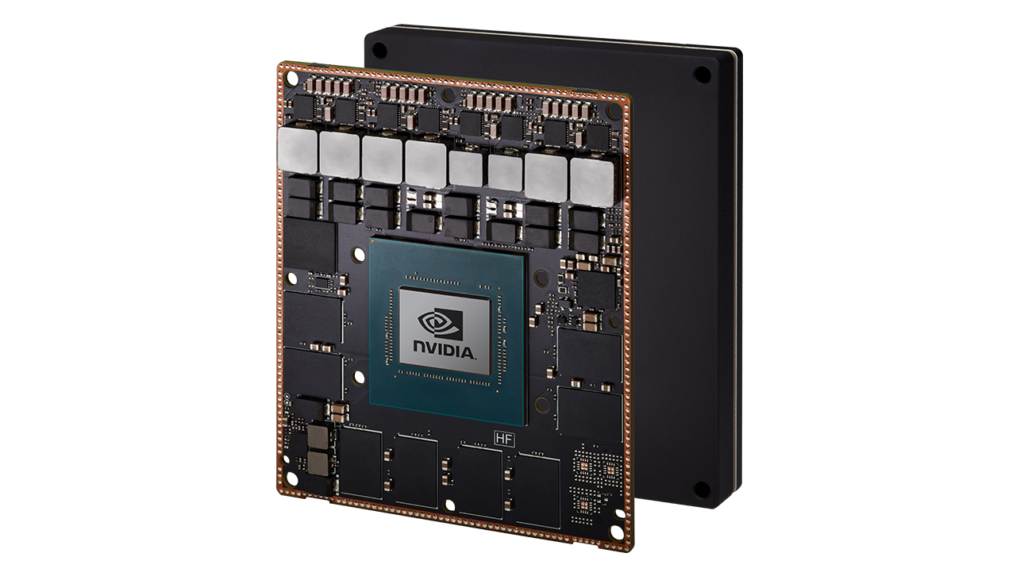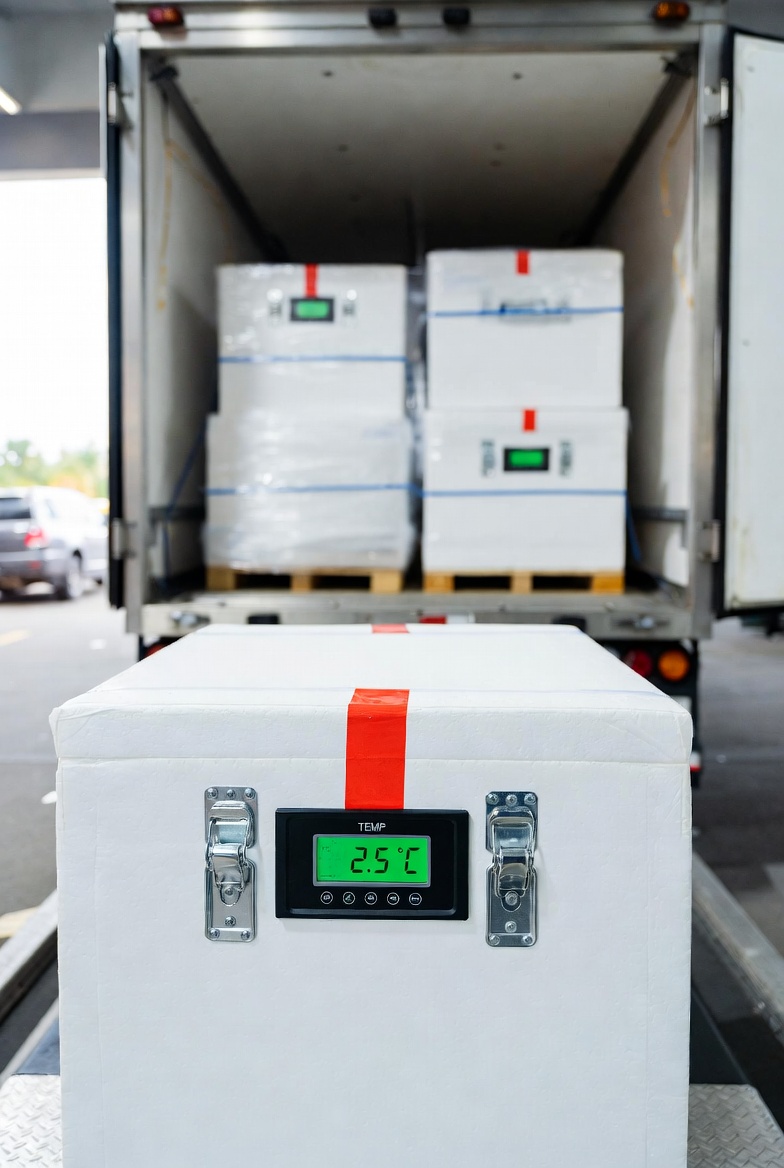In an IoT (Internet of Things) context, data collection from equipment typically involves sensors embedded within the equipment itself or attached externally. These sensors can capture various types of data depending on the equipment and the desired metrics. For example, in an industrial setting, sensors might measure temperature, pressure, vibration, or humidity. In a healthcare setting, sensors might monitor patient vital signs such as heart rate, blood pressure, or oxygen levels.
Here's how the process generally works:
- Sensor Deployment: Sensors are strategically placed on or within the equipment to capture relevant data points. These sensors are often connected wirelessly to a central IoT gateway or hub.
- Data Transmission: The sensors transmit the collected data to the central IoT gateway or hub using wireless communication protocols such as Wi-Fi, Bluetooth, Zigbee, or cellular networks. The choice of protocol depends on factors like the distance between sensors and the gateway, power requirements, and data transfer speed.
- Data Processing: The data received by the IoT gateway is processed locally or sent to the cloud for processing. Processing may involve tasks such as data normalization, filtering, aggregation, or even initial analysis to derive insights.
- Data Storage: Once processed, the data is stored in a database or data warehouse. In the context of asset management, this data may be stored in a specialized asset management system or a broader enterprise resource planning (ERP) system, depending on the organization's setup and requirements.
- Data Analysis and Visualization: Stored data can be analyzed to extract valuable insights into equipment performance, usage patterns, maintenance needs, etc. Visualization tools such as dashboards or reports can then present these insights in a user-friendly format for stakeholders to interpret and act upon.
- Action and Automation: Based on the insights gained from data analysis, organizations can take proactive actions such as scheduling maintenance, optimizing equipment usage, or triggering alerts for potential issues.
In the context of multiple asset management, the data collected from various equipment across different locations or facilities may be aggregated and managed centrally within the asset management system. This centralization enables organizations to have a holistic view of their assets, streamline maintenance processes, optimize resource allocation, and make data-driven decisions to improve operational efficiency and reliability.




